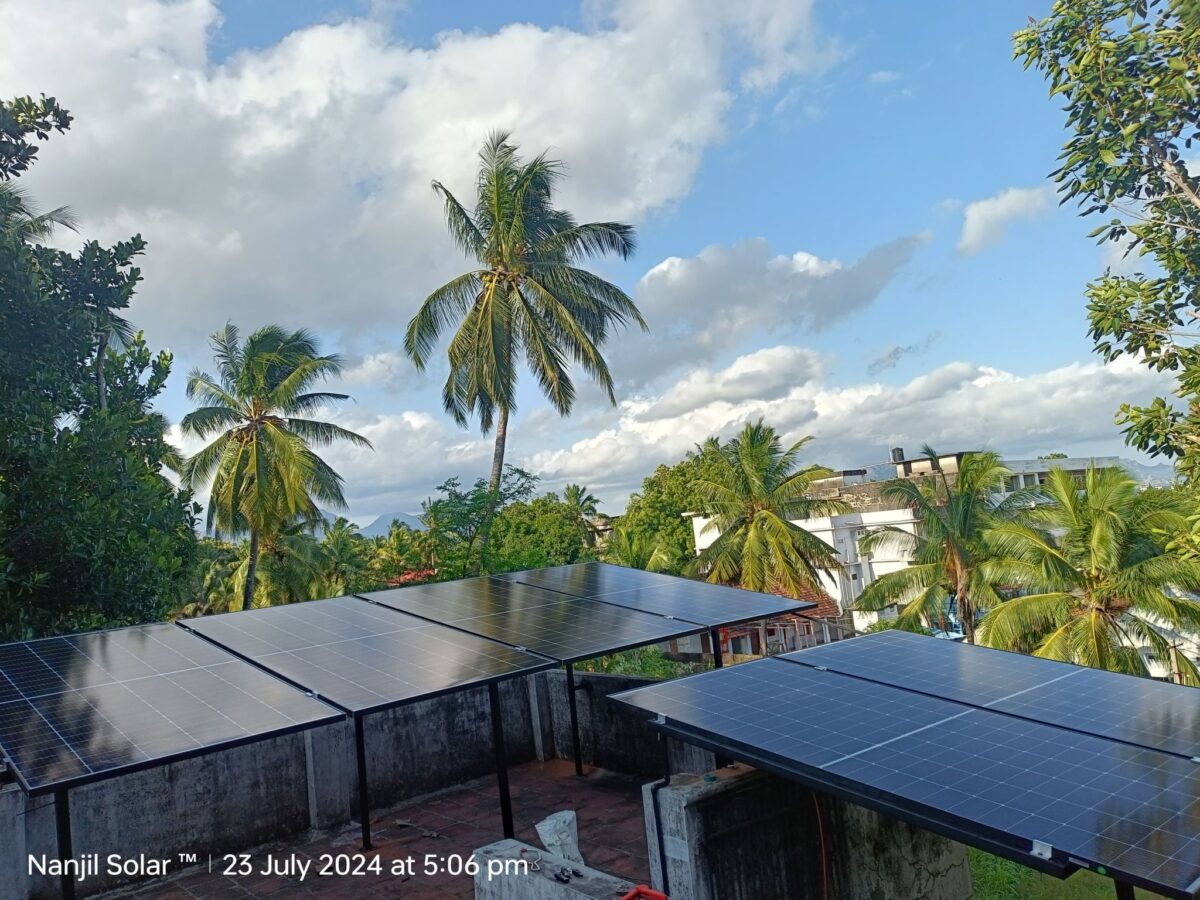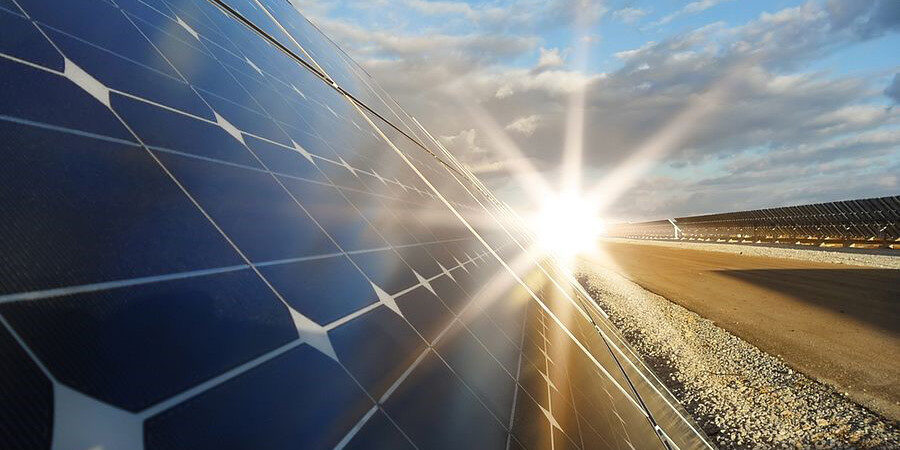India’s push for rooftop solar has gained fresh momentum with the launch of the ‘PM Surya Ghar: Muft Bijli Yojana,’ a flagship scheme that promises free electricity to households adopting solar power. More than just a subsidy program, it signals the government’s strong intent to make solar energy mainstream. At the same time, rising consumer awareness about net metering, the mechanism that allows households to sell excess electricity back to the grid is helping families view solar not only as an eco-friendly choice but also as a financially rewarding one. Together, these shifts are laying the foundation for solar to become an integral part of India’s middle-class lifestyle.
From scorching heatwaves across Rajasthan and Delhi to erratic monsoons in Himachal Pradesh and Uttarakhand, climate change is tightening its grip on India. Against this backdrop, rooftop solar is not just an environmental response but also a household-level economic necessity. It has been highlighted that solar power today is cheaper than building new thermal plants, making it both an economic and sustainable solution. This positions India at a crucial turning point where meeting rising energy demand can go hand in hand with building a greener future.
Globally, renewable energy costs have fallen sharply over the last decade, with the price of solar PV dropping by 75% between 2014 and 2025, making it one of the cheapest power sources available. Offshore wind fell by 60% and onshore wind by 62% in the same period. For India, where renewable sources of energy which currently account for 50% of annual electricity generation, this cost competitiveness is a catalyst. By scaling adoption through innovative policies and financing models, the country has the potential to significantly increase its power capacity from renewables, cementing its position as a global leader in sustainable energy adoption.
Solar energy is the lifestyle upgrade Indians are looking for
Middle income households currently constitute about 30-35% of the population, and this is expected to grow to 60% by 2047. These families are aspirational, looking to enhance their lifestyle, striving for long-term saving while saving on costs wherever necessary. The youth in this segment is especially inclined towards sustainable living, seeking eco-friendly alternatives that align with their values and lifestyle aspirations. For them, adoption of solar energy means slashing electricity bills and contributing to a greener planet. This is where smart financing models come in, helping aspirational families turn solar into both, a lifestyle upgrade and a financial asset.
Installing rooftop solar is not just about going green; it is one of the smartest financial decisions a household can make. For example, a family with an average daily consumption of around 8 units can install a 2 kWp system at a net cost of just INR 88,800 after subsidy. This system will save them close to INR 38,000 every year in electricity bills. Considering the tariffs by the Maharashtra electricity board, in just over two years, the investment is fully recovered — after which the household enjoys free power for the next two decades. Even with loan financing, the payback is achieved in about three years, making solar comparable to an investment product with over 30% annual returns. In essence, every unit of solar energy generated is not just clean power, it is money saved, month after month, year after year.
Beyond the financial savings, households today are becoming increasingly comfortable with the technical aspects of solar adoption. Terms like kilowatt-peak (kWp) and net metering are no longer barriers. In fact, many families now see these as enablers that help calculate and maximize their savings. With more vendors offering end-to-end solutions, from panel installation to maintenance and paperwork, homeowners have greater confidence in making the switch. This growing awareness, when paired with easier access to financing, is making the transition to solar faster and simpler for families across India.
Adopting rooftop solar has never been simpler, with 100% digital, collateral-free loans tailored for middle-income households. From instant, paperless approvals to flexible options like zero-cost EMIs or hybrid plans, the process ensures ease at every step. Most Fintechs offer eligibility up to age 65, making it inclusive for both salaried and self-employed individuals. With complete repayment flexibility, families can enjoy peace of mind knowing their investment powers them for 25–30 years, benefiting not just one, but two generations. In Tier-2 and Tier-3 towns especially, these solutions make solar adoption effortless, affordable, and built to last.
While innovative financing solutions will be a game-changer for rooftop solar, additional efforts are required to realize its full potential. India’s progress is already remarkable, achieving its 2030 clean energy goal five years early, with 484.4 GW of total installed capacity, including 242.8 GW from non-fossil sources. Clean power now fuels over half the grid. For millions of middle-class households, this translates to lower bills today and a greener legacy for generations to come.
The views and opinions expressed in this article are the author’s own, and do not necessarily reflect those held by pv magazine.
This content is protected by copyright and may not be reused. If you want to cooperate with us and would like to reuse some of our content, please contact: editors@pv-magazine.com.








By submitting this form you agree to pv magazine using your data for the purposes of publishing your comment.
Your personal data will only be disclosed or otherwise transmitted to third parties for the purposes of spam filtering or if this is necessary for technical maintenance of the website. Any other transfer to third parties will not take place unless this is justified on the basis of applicable data protection regulations or if pv magazine is legally obliged to do so.
You may revoke this consent at any time with effect for the future, in which case your personal data will be deleted immediately. Otherwise, your data will be deleted if pv magazine has processed your request or the purpose of data storage is fulfilled.
Further information on data privacy can be found in our Data Protection Policy.